The Effect of Automation and Artificial Intelligence on Job Displacement
As technology continues to evolve, the discourse about the effects of automation has become increasingly prevalent. In particular, Artificial Intelligence (AI) has transformed various sectors, sparking a robust debate about the potential implications for the workforce. This includes job creation, job destruction, and changes in job descriptions.
The Impact of Automation on Jobs
Research suggests that automation has the potential to displace jobs across a wide range of sectors. According to a 2017 study by McKinsey, approximately 50 percent of occupations present today could be automated by 2055. However, the impact would greatly differ across sectors, reflecting the variation in tasks and skills involved in different jobs. Routine, predictable tasks - such as those in manufacturing and services - are more likely to be displaced compared to jobs involving creativity, critical thinking, or human interaction.
Job Creation and Destruction
Whilst there is a fear of job destruction, AI and automation also aid in job creation. For instance, the advent of the Internet created many jobs that did not previously exist, such as app developers or social media managers. Similarly, jobs will emerge as a result of AI and automation, albeit with different skill requirements. The contraposition of job destruction and creation fosters the necessity for reskilling and upskilling in the workforce.
Changes in Job Descriptions
Automation and AI also carry the potential to redefine job roles, not merely destroy them, by automating portions of tasks. A report by Gartner suggests that by 2022, one in five workers will have AI as their co-worker. This could free employees from mundane tasks, enabling them to focus on more engaging and fulfilling components of their jobs.
Future Pathways and Possible Solutions
Preparing for the upcoming transformation requires proactive strategies. Governments and organizations alike need to emphasize on workforce reskilling and upskilling, as well as promoting a culture of continuous learning.
Benefits and Drawbacks
While automation and AI promise increased productivity, their potential drawbacks cannot be ignored. Worker displacement, increasing inequality, and privacy breaches are among the significant concerns. However, with a balanced and proactive approach, the benefits could be harnessed whilst managing the disadvantages.
Conclusion
Automation and AI are not merely disruptors, they are redefining the future of work. Institutions can mitigate the negative impacts by implementing comprehensive strategies that foster an adaptable and resilient workforce.
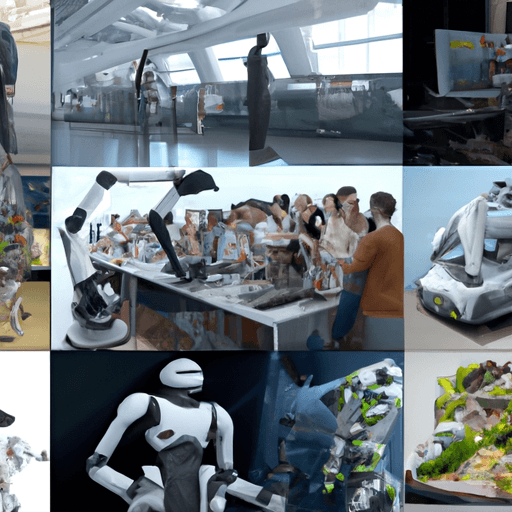


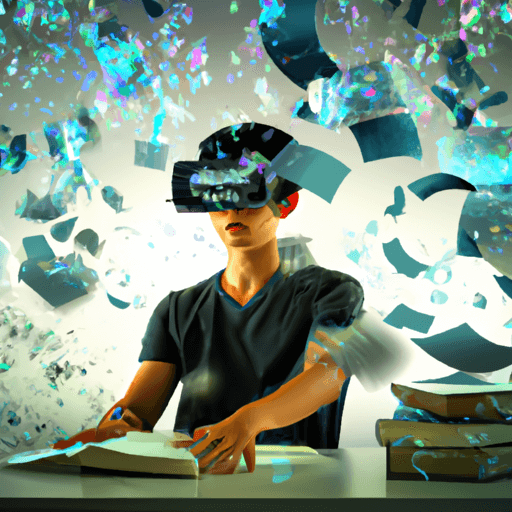
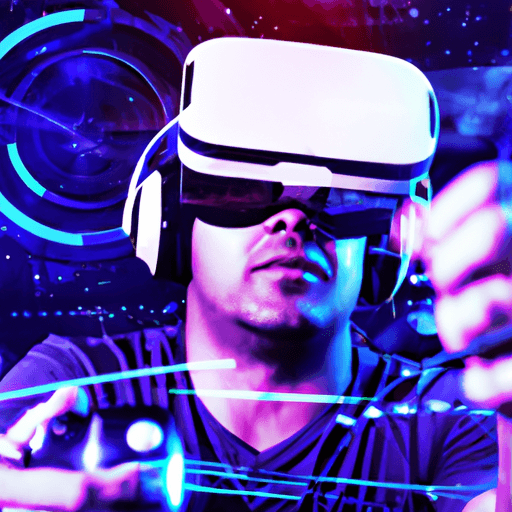


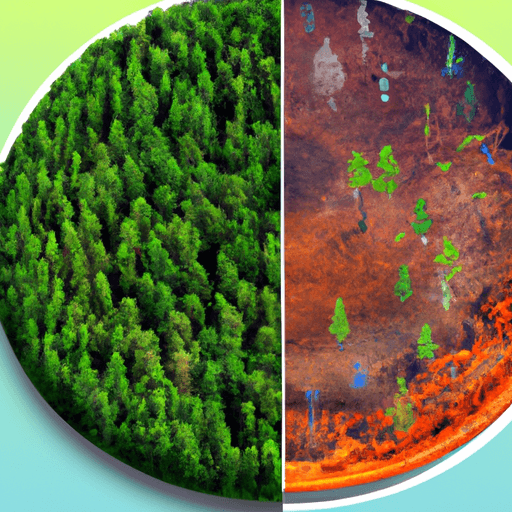



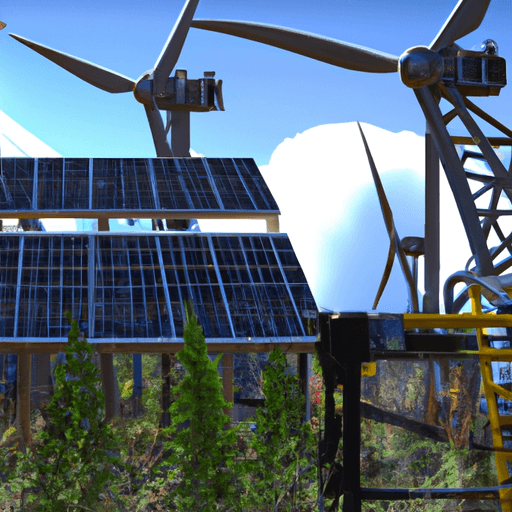
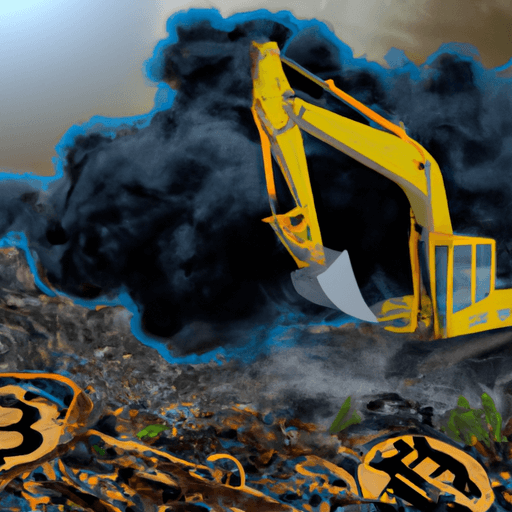


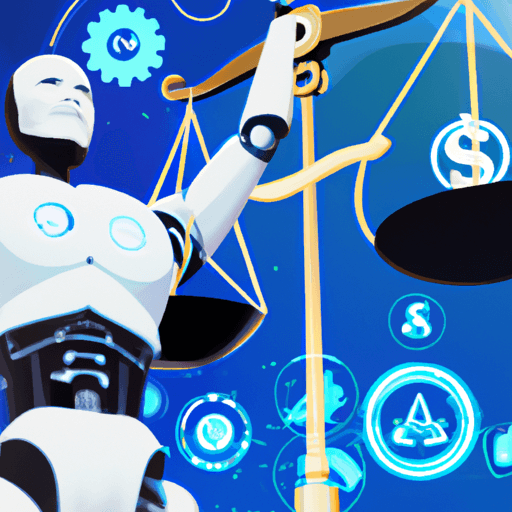



Comments
Leave a Comment